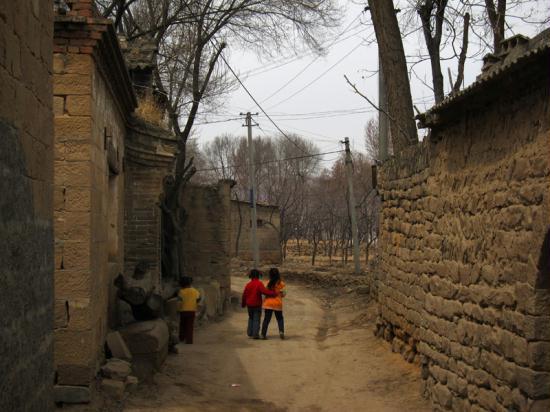Protecting ancient villages
 0 Comment(s)
0 Comment(s) Print
Print E-mail CNTV, October 11, 2012
E-mail CNTV, October 11, 2012
|
Mutouyu village in Shaanxi province |
Staying on the topic, it's becoming harder and harder to find well-preserved villages like Mutouyu nowadays. Anthropologists are now seriously concerned about this problem. They're asking, what should we do now?
While every part of the country is focused on urbanization and industrialization, statistics show that the decline of ancient villages in this modern era seems inevitable.
Luo Yang, vice president of China Society for Folk Lit. & Art Studies, said,"We initiated a general investigation in 2006. At that time, the number of well-preserved villages with a vivid agrarian culture was around 5-thousand. Four years later, the number fell to 2-thousand."
Meetings and sessions on this topic have been held, and scholars agree that the protection needs both financial and policy support from local governments. However, the methods of doing so have caused debates. In Meizhou in Guangdong Province, some private properties with historical value were tagged as "cultural heritages", but the labelling has forbidden any kind of renovations from the property owner. And the worn-down houses are in a dilemma.
Feng Jicai, project leader of Chinese Folk Culture Rescue Project, said,"The governments are in a dilemma too. Protection and proper renovation needs investment. Preventing a whole village from declining needs a lot more money. "
Some villages came with the idea to develop the tourism market. However, the benefits and harms cut both ways. The invasion of western bar culture and huge amount of tourists change the traditions, hence menacing the existence of ancient villages.







Go to Forum >>0 Comment(s)